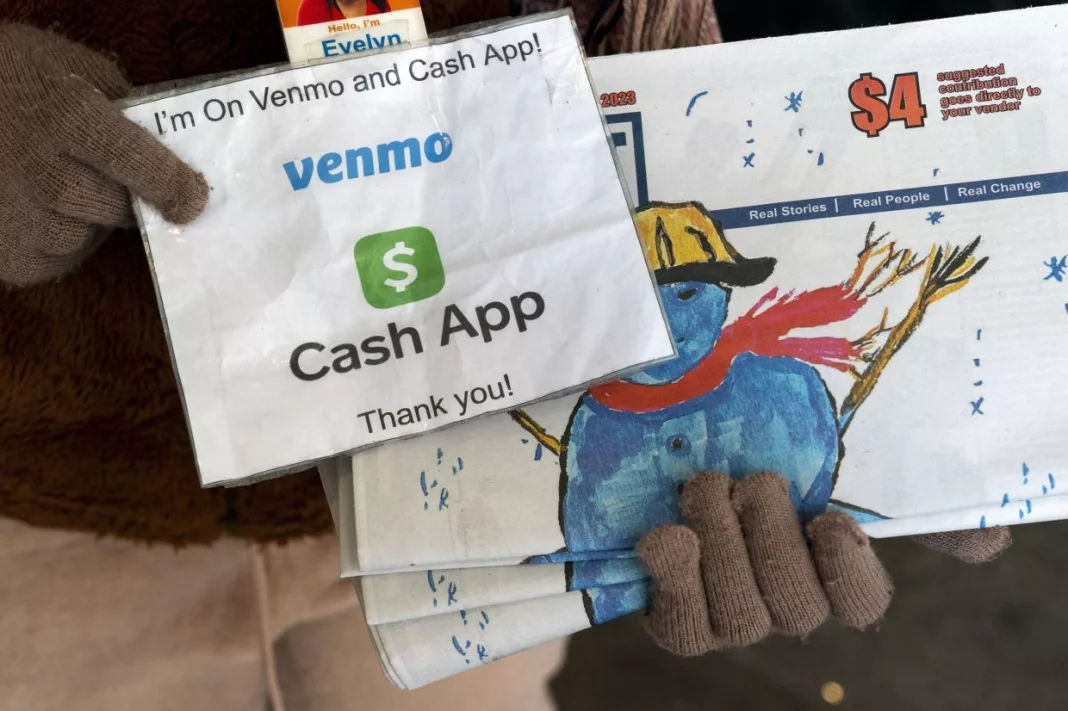The Rise of Cashless Giving and its Impact on Charitable Donations to the Homeless
In today’s increasingly cashless society, the decline of cash transactions has had a significant impact on street-level charitable giving. With fewer people carrying cash, individuals who want to help the homeless are finding it challenging to make donations. However, technological advancements are now offering solutions to bridge this gap and enable charitable groups and advocates for the unhoused to reach those most in need. This article explores the impact of a cashless society on charitable giving and highlights innovative solutions that are helping to address the issue.
The Shift Towards Cashless Transactions
Over the past two decades, Western society has witnessed a significant shift towards cashless transactions. The widespread use of credit cards and advancements in smartphone technology have made cash-free payments the norm for many individuals. While this shift has brought convenience, it has also posed challenges for street-level charitable giving.
Challenges Faced by Charities and the Unhoused
The transition to a cashless world has been particularly daunting for the unhoused population. Many electronic payment apps require items such as credit cards, bank accounts, identification documents, or fixed mailing addresses, which are often inaccessible to those experiencing homelessness. Charities have struggled to adapt to this new reality, as traditional methods of collecting cash donations have become less effective.
Innovative Solutions for Cashless Giving
To address the challenges posed by a cashless society, charitable organizations have embraced technological advancements. For example, the Salvation Army has introduced a system where donors can tap their phones on donation kettles to make cashless contributions. This method has already resulted in increased donations, with minimum cashless donations now starting at $5.
Similarly, Street Sense, a local paper that employs unhoused individuals as vendors, developed a cashless payment app. Vendors can now sell copies electronically, allowing buyers to contribute directly to the vendors’ profits. This innovative solution has helped Street Sense adapt to changing consumer habits and ensure the sustainability of their operations.
The Samaritan App: Personalizing Cashless Donations
Taking cashless giving a step further, the Samaritan app aims to not only enable donations but also connect donors with unhoused individuals in need. The app provides mini-profiles of local unhoused individuals, allowing donors to contribute to specific needs, such as groceries, housing deposits, or job interview clothing. Recipients can redeem their donations by meeting with a case manager, who can provide additional support services like counseling or drug rehabilitation.
Trials and Challenges
While these cashless giving solutions have shown promise, they are not without their challenges. Some early attempts, such as using QR codes or Bluetooth beacon devices, proved to be impractical or unsustainable. Additionally, not all unhoused individuals are suitable candidates for these interventions, as some may have mental or emotional challenges that make it difficult to navigate the required structure.
conclusion
As society continues its shift towards a cashless future, charitable organizations and advocates for the unhoused must adapt to ensure that those in need are not left behind. Technological advancements have provided innovative solutions to bridge the gap between cashless transactions and charitable giving. By embracing these solutions, we can personalize donations, provide support services, and help individuals experiencing homelessness regain stability and independence.


